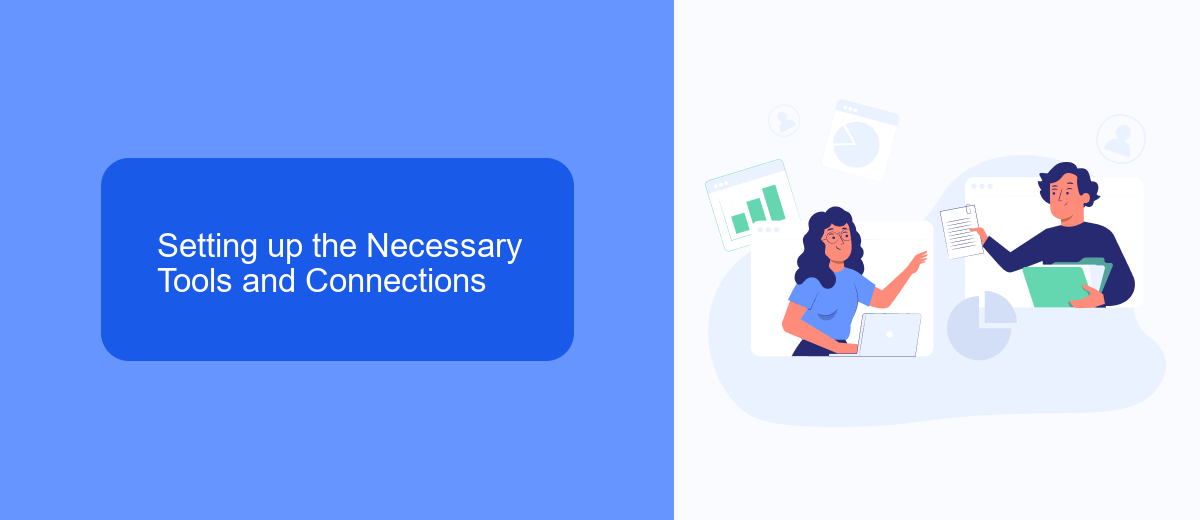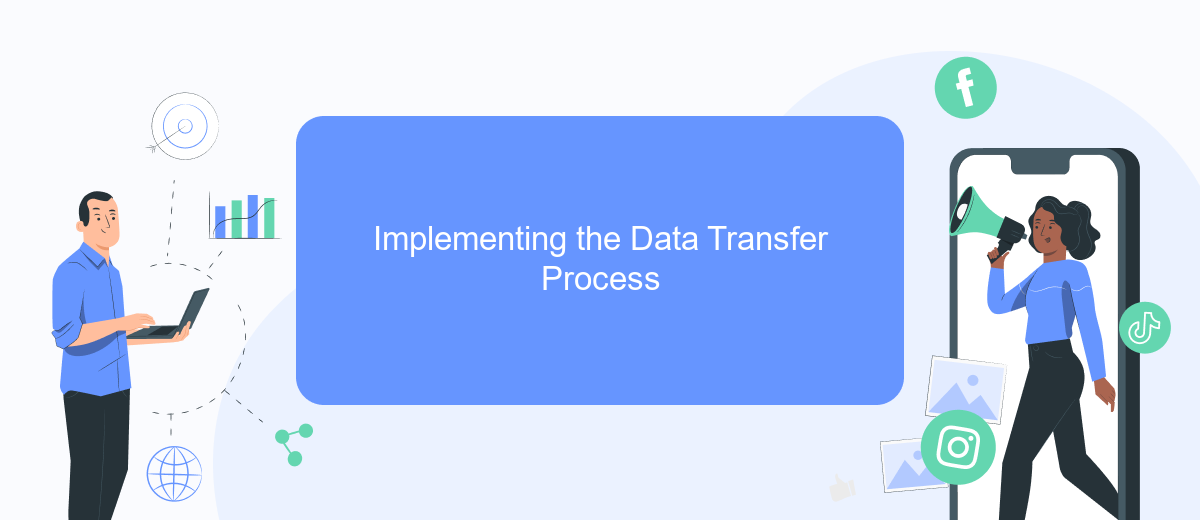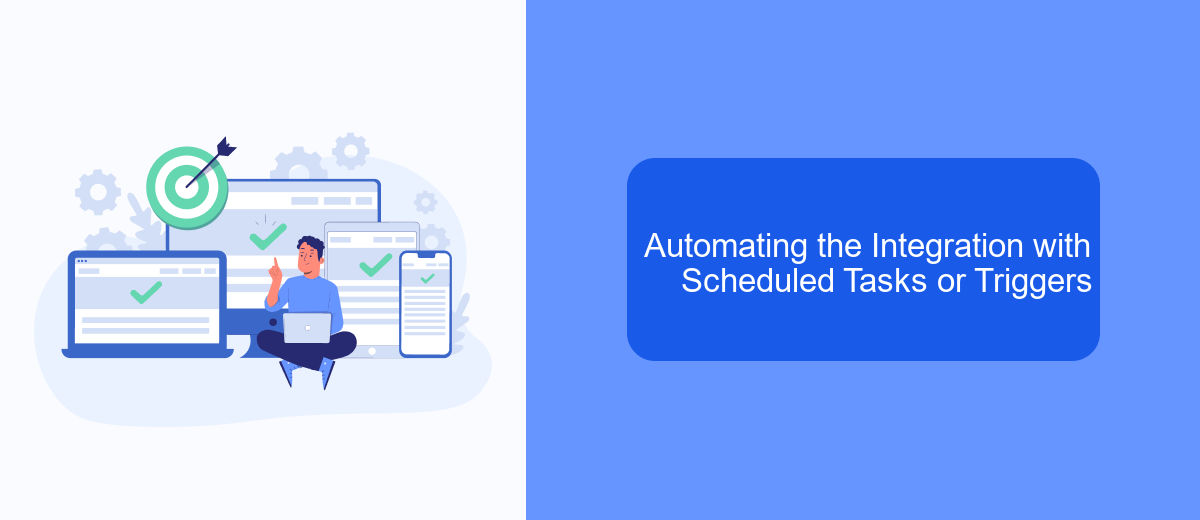In today's competitive digital landscape, businesses are constantly seeking efficient ways to capture and manage leads. Facebook Lead Ads have emerged as a powerful tool for reaching potential customers, but integrating this data into your existing systems can be challenging. This article explores how to seamlessly connect Facebook Lead Ads with SQL Server, streamlining your lead management process and ensuring your sales team has immediate access to valuable customer information.
Understanding Facebook Lead Ads and SQL Server Integration
Facebook Lead Ads are a powerful tool for businesses to capture potential customer information directly through Facebook. These ads allow users to submit their contact details without leaving the Facebook platform, making it a seamless experience for both the business and the user. Integrating this data with SQL Server can help businesses manage and analyze their leads more efficiently.
- Automate data transfer from Facebook Lead Ads to SQL Server.
- Ensure data integrity and accuracy during the integration process.
- Utilize SQL Server's robust querying capabilities to analyze lead data.
- Implement real-time data synchronization for up-to-date insights.
By integrating Facebook Lead Ads with SQL Server, businesses can streamline their lead management process, ensuring that all collected data is stored securely and is easily accessible for analysis. This integration not only enhances data management but also empowers businesses to make informed decisions based on real-time insights, ultimately leading to more effective marketing strategies and improved customer engagement.
Setting up the Necessary Tools and Connections

To begin integrating Facebook Lead Ads with SQL Server, first ensure you have administrative access to both platforms. You'll need to create a Facebook Developer account to access the Facebook Graph API, which allows you to retrieve lead data. Simultaneously, ensure your SQL Server is set up and ready to receive data. It's crucial to have the necessary permissions to create tables and write data into your SQL database. Additionally, verify that your SQL Server can accept connections from external applications, which may involve adjusting firewall settings or network configurations.
Next, consider utilizing a service like SaveMyLeads to streamline the integration process. SaveMyLeads offers a user-friendly interface that simplifies the connection between Facebook Lead Ads and SQL Server without the need for extensive coding. By setting up automated workflows, you can efficiently transfer leads from Facebook to your SQL database in real time. This approach not only saves time but also ensures data accuracy and consistency. Make sure to test the integration thoroughly to confirm that data flows correctly and securely between the platforms.
Implementing the Data Transfer Process

To effectively implement the data transfer process between Facebook Lead Ads and SQL Server, it is essential to establish a seamless connection that ensures data accuracy and timeliness. This involves setting up a reliable pipeline that automates the data transfer, reducing manual intervention and potential errors. Below are the steps to achieve this integration:
- Authenticate your Facebook account and obtain the necessary API credentials to access Lead Ads data.
- Set up a data extraction tool or script that periodically fetches new lead data from Facebook using the API.
- Transform the extracted data into a suitable format for SQL Server, ensuring data types and structures match.
- Establish a secure connection to your SQL Server database and configure the necessary permissions for data insertion.
- Automate the data load process into SQL Server, using tools like SSIS or custom scripts to schedule regular updates.
By following these steps, businesses can efficiently manage their lead data, ensuring it is readily available for analysis and decision-making. This integration not only enhances data accessibility but also supports more informed marketing strategies and customer engagement efforts.
Automating the Integration with Scheduled Tasks or Triggers

Automating the integration between Facebook Lead Ads and SQL Server can significantly enhance efficiency and data accuracy. By setting up scheduled tasks or triggers, businesses can ensure that lead data is consistently and timely transferred from Facebook to their SQL Server database without manual intervention. This automation not only saves time but also minimizes the risk of errors associated with manual data entry.
To implement this automation, one can use various tools and techniques. Scheduled tasks can be configured to run at specific intervals, ensuring regular updates. On the other hand, triggers can be set to initiate the integration process as soon as new data is available, providing real-time data synchronization.
- Configure SQL Server Agent to run scheduled jobs that pull data from Facebook Lead Ads.
- Use a third-party integration tool that supports triggers for real-time data transfer.
- Set up webhooks on Facebook to notify your server of new leads, initiating the data import process.
By leveraging these automated solutions, businesses can maintain an up-to-date database, enabling more effective lead management and a streamlined workflow. This approach not only enhances operational efficiency but also allows teams to focus on strategic tasks rather than routine data management.
Monitoring, Maintaining, and Optimizing the Integration
To effectively monitor, maintain, and optimize the integration between Facebook Lead Ads and SQL Server, it is crucial to implement a robust monitoring system. Regularly check the data flow to ensure that leads are being accurately captured and transferred. Utilize tools like SaveMyLeads, which can provide real-time updates and notifications, helping you quickly identify and resolve any discrepancies or issues in the data pipeline. Establishing automated alerts for any failures or delays in the integration process will ensure timely interventions and minimize potential data loss.
Maintaining the integration involves regular audits and updates to both the Facebook Lead Ads settings and SQL Server configurations. Ensure that both platforms are updated to their latest versions to take advantage of new features and security enhancements. Optimization can be achieved by analyzing the data flow and identifying bottlenecks or inefficiencies. Adjusting the frequency of data syncs or optimizing query performance in SQL Server can significantly improve the integration's overall efficiency. By continuously monitoring and fine-tuning these processes, you can ensure a seamless and effective integration.
FAQ
What is Facebook Lead Ads SQL Server Integration?
How can I automate the integration between Facebook Lead Ads and SQL Server?
What are the benefits of integrating Facebook Lead Ads with SQL Server?
Is it necessary to have technical skills to set up the integration?
What types of data can be transferred from Facebook Lead Ads to SQL Server?
You probably know that the speed of leads processing directly affects the conversion and customer loyalty. Do you want to receive real-time information about new orders from Facebook and Instagram in order to respond to them as quickly as possible? Use the SaveMyLeads online connector. Link your Facebook advertising account to the messenger so that employees receive notifications about new leads. Create an integration with the SMS service so that a welcome message is sent to each new customer. Adding leads to a CRM system, contacts to mailing lists, tasks to project management programs – all this and much more can be automated using SaveMyLeads. Set up integrations, get rid of routine operations and focus on the really important tasks.
